NCAA Negatives
February 29, 2016
According to NCAA national average statistics, only three to 11 high school athletes will play professionally out of a school of 4,000 students. Only .0025 percent of students currently enrolled at LT will play professionally, yet for many high school athletes, sports seem to dominate future outlooks.
Many high school student-athletes decide where to attend college based too heavily on their sport and become blindsided by the reason college even exists: to get an education.
Recent photos of classmates signing Letters of Intent on signing day on Feb. 3 might paint a different picture, as many LT students signed to schools including Lehigh University and Illinois State University with the intent of heightening their education. It is true that thousands of recruits participated in signing day who are just as dedicated to school as athletics, and my argument is in no way opposed to playing a sport at the university level. My argument is that not enough student-athletes consider their education when committing to play at the college level, and the confusing commitment process is to blame for this skewed decision making.
Take the Letters of Intent aforementioned as an example of how the NCAA recruiting process is a cloud of ambiguity. National Letter of Intent is a binding contract offering scholarship money and a roster spot, but there’s a clause. Of course there’s a clause. As stated on the NLI webpage, NLIs can become null or void if a student is denied from a school through standard admission procedures. NLIs do not guarantee admission into the school, and this loophole has left many athletes devastated across the country with minimal backup plans for their future. Not only can NLIs easily become null or void, but they can also be sticky if a college coach leaves the university, because the NLI binds a student to a school, not a coach. A coach relocates, but that coach’s commitment to a high school athlete stays with the school, leaving prospective student-athletes in an entrapping situation that can hinder their future college plans.
There are values to the college recruitment process in that it allows for thousands of high schoolers to continue their education through scholarships and also allows for amazing and talented athletes to continue pursuing their passion at the next level. This being said, the competitive United States culture that has somehow made attending a college for athletics reign superior to attending one for an education needs to change. Competition within the collegiate athletic recruitment process becomes a problem when kids as young as freshman are narrowing their focus on one school, possibly passing up better educational opportunities elsewhere. The NCAA excels in its efforts to promote athleticism and knowledge, but educational opportunities are overlooked when 15-18 year olds are spending all their efforts in finding a school that can offer the right athletic level for them.
Noteworthy as well is that the recruitment process in general is a whirlwind of speculations and simply put, a business. College athletics are businesses that heavily rely upon the success of the recruits. Big budgets and big salaries result in a lesser appreciation for the lives of athletes recruited by colleges. Of course there are coaches who would do anything to fully maximize a player’s intellectual and educational capacity, but at large schools competing for championship results, classroom performance tends to rank lower than field performance.
There are over 460,000 college student athletes in the United States, and each journey is unique and holds its own circumstances and justifications. These journeys will end after four or so years. Unless student athletes have considered their educational future as equally as their athletics, more and more fully-capable minds will be compromised for a trophy.

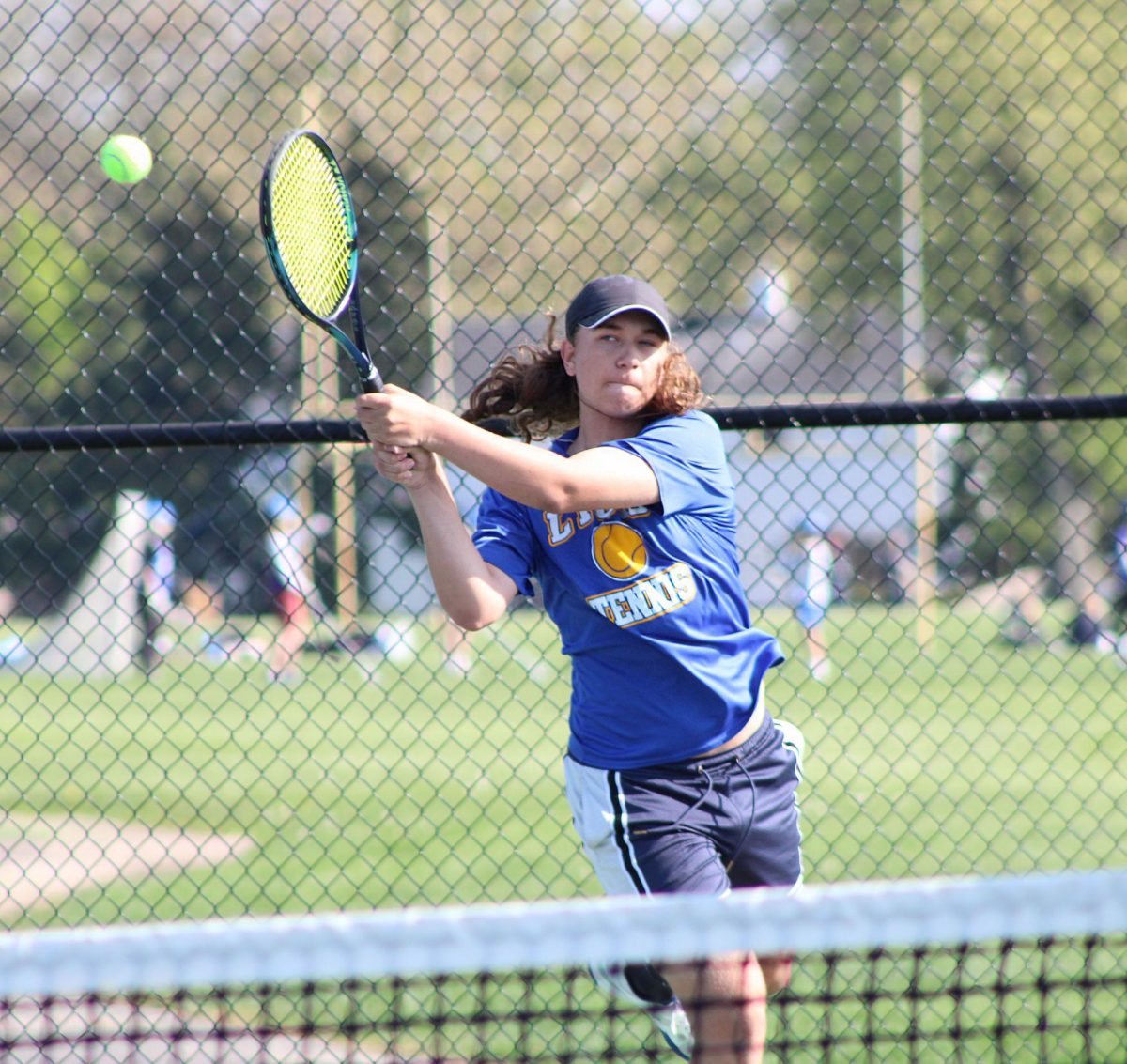
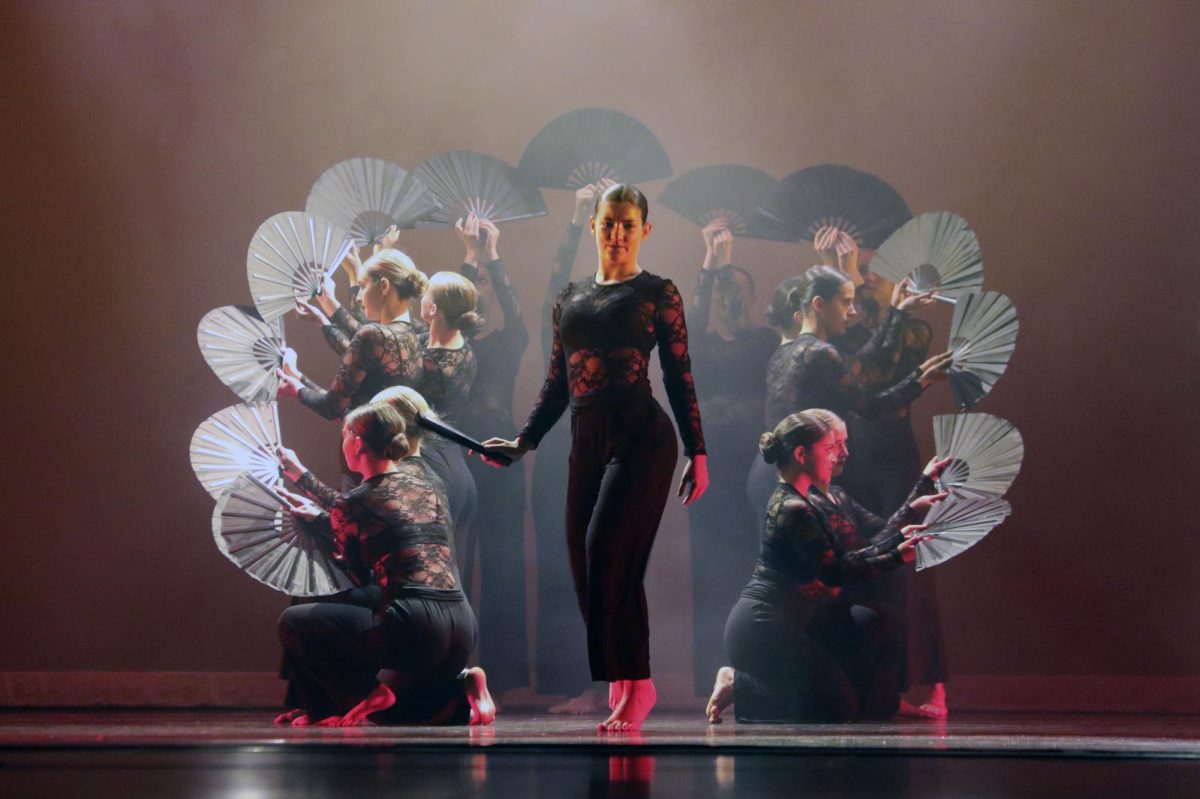



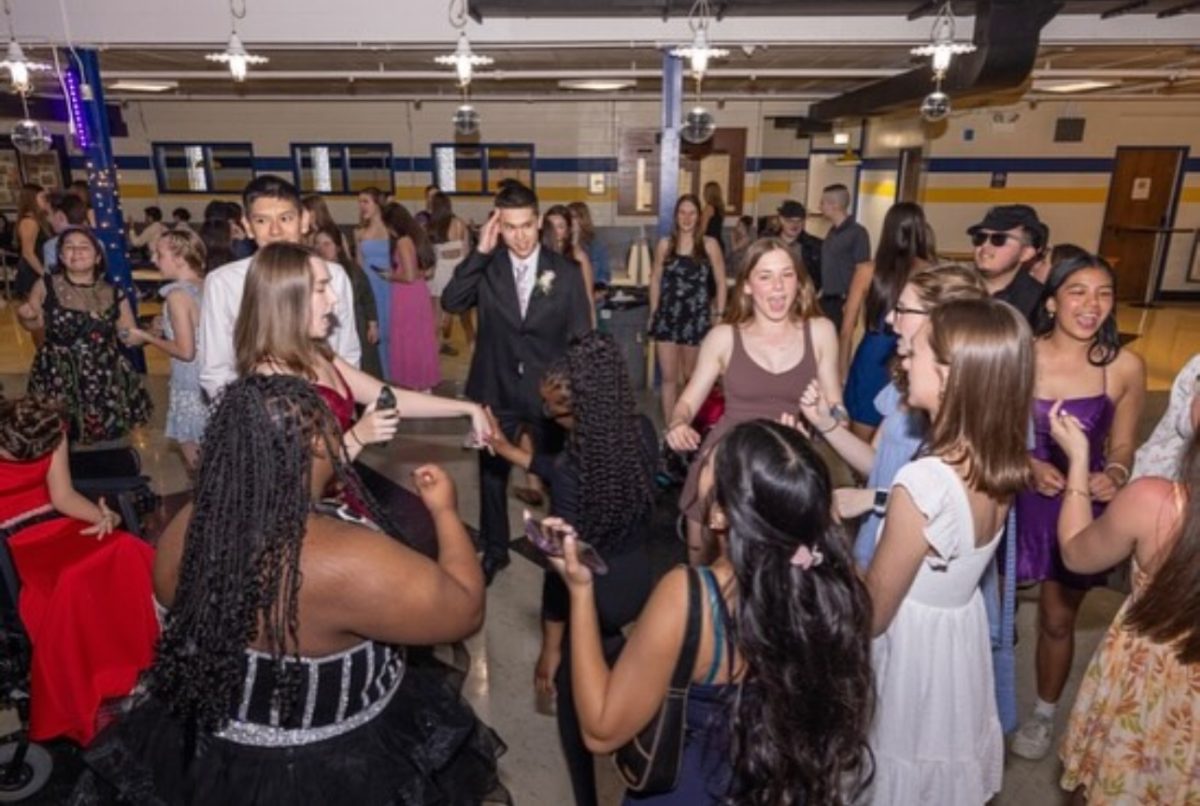
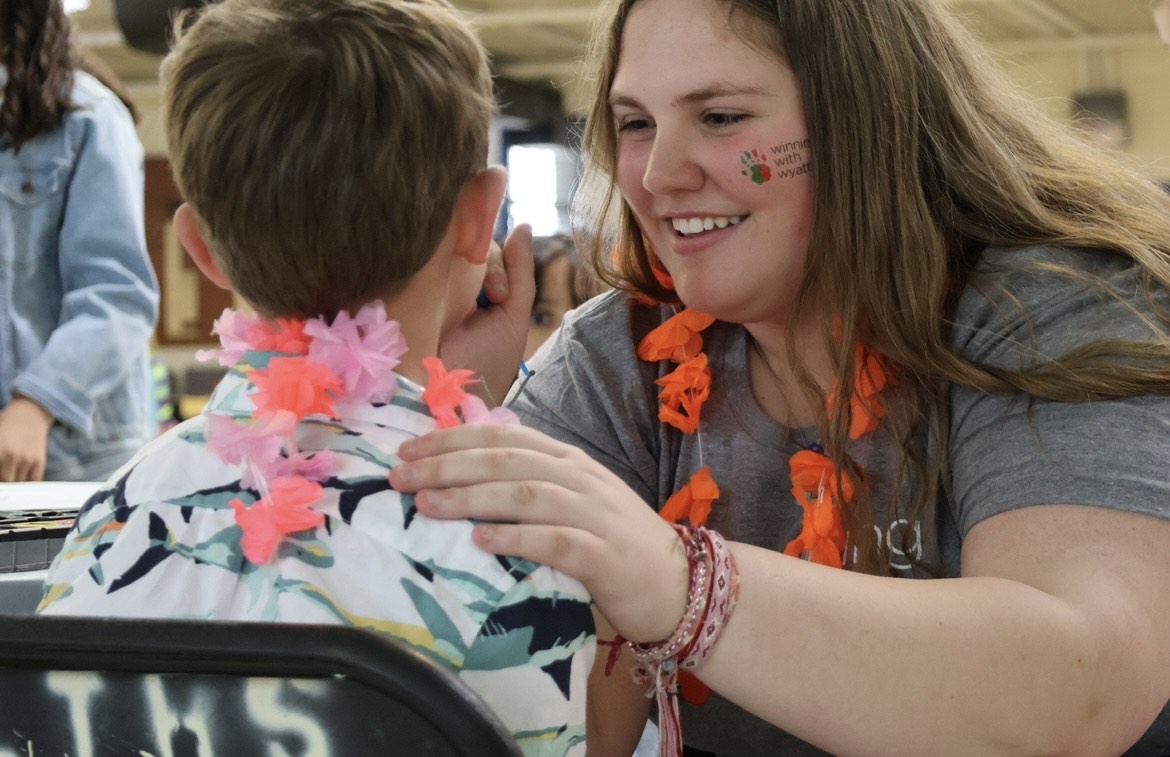


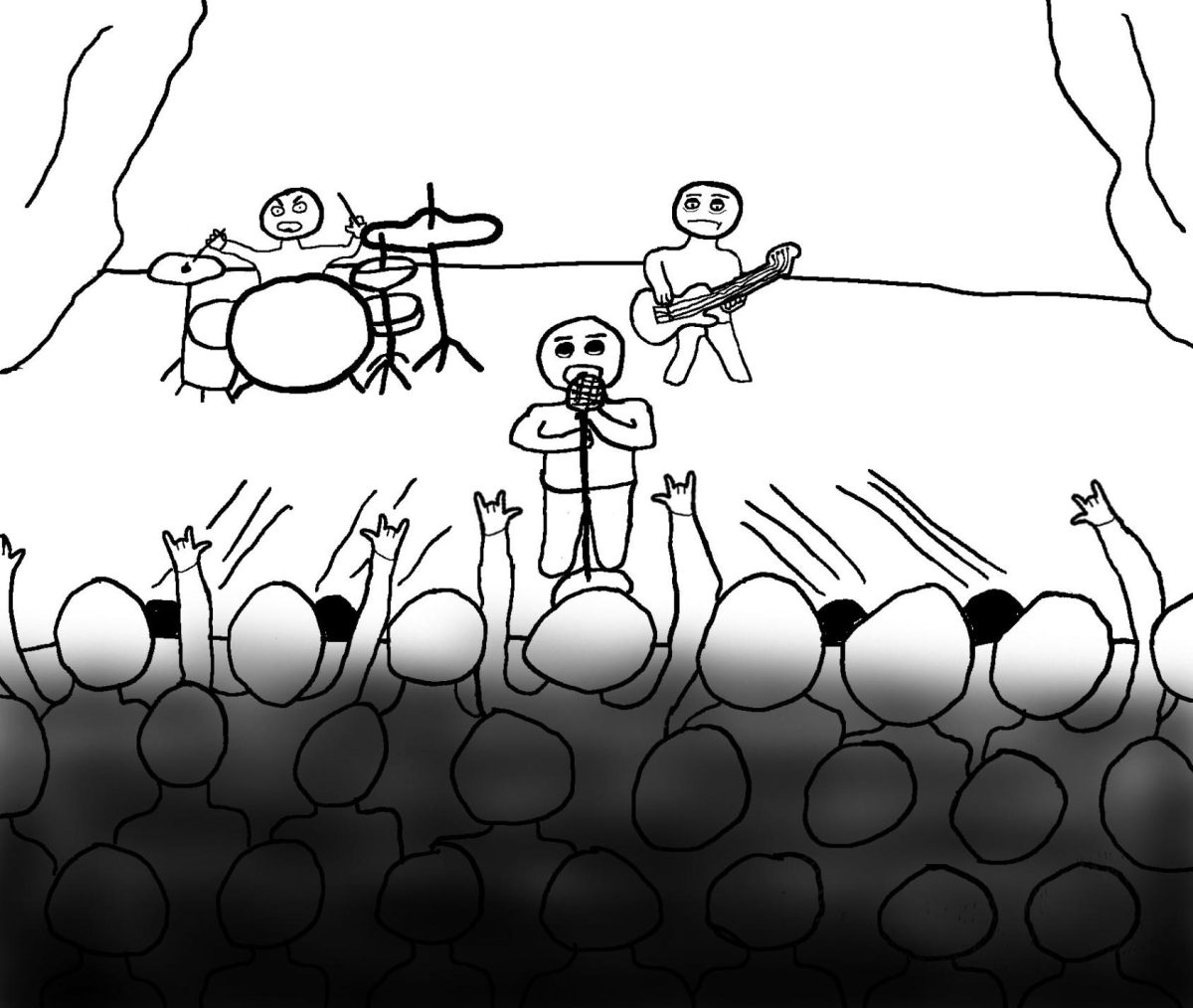
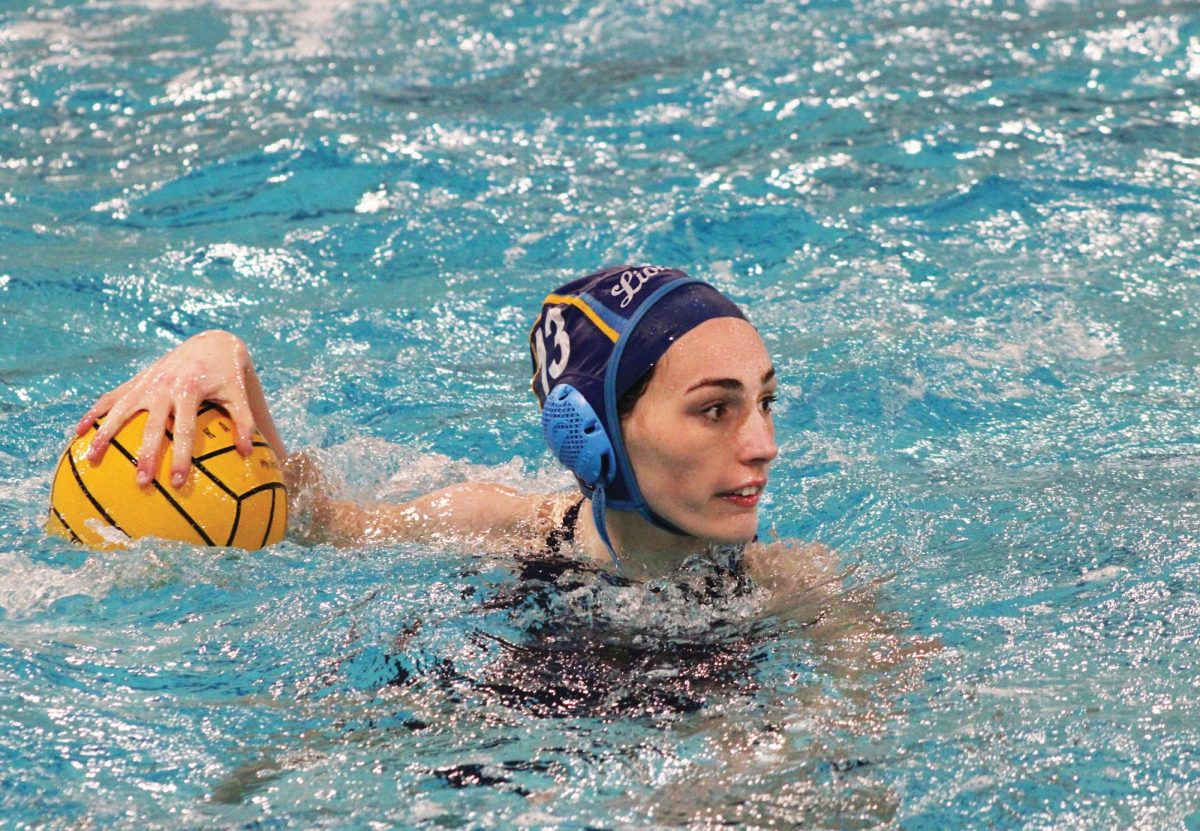
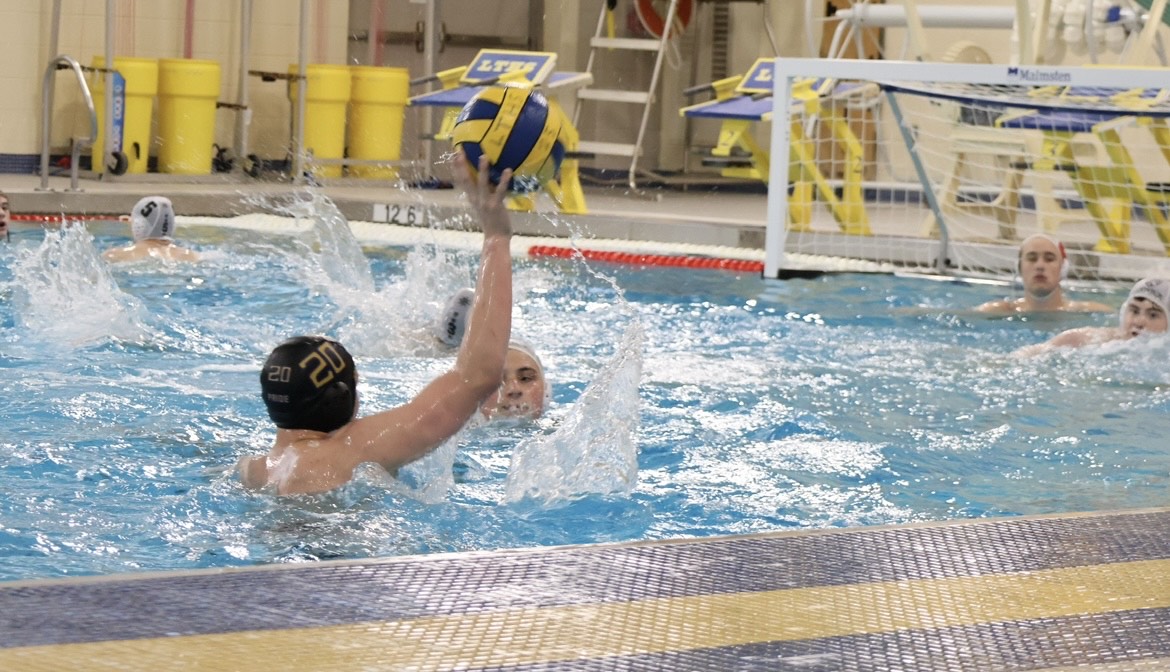
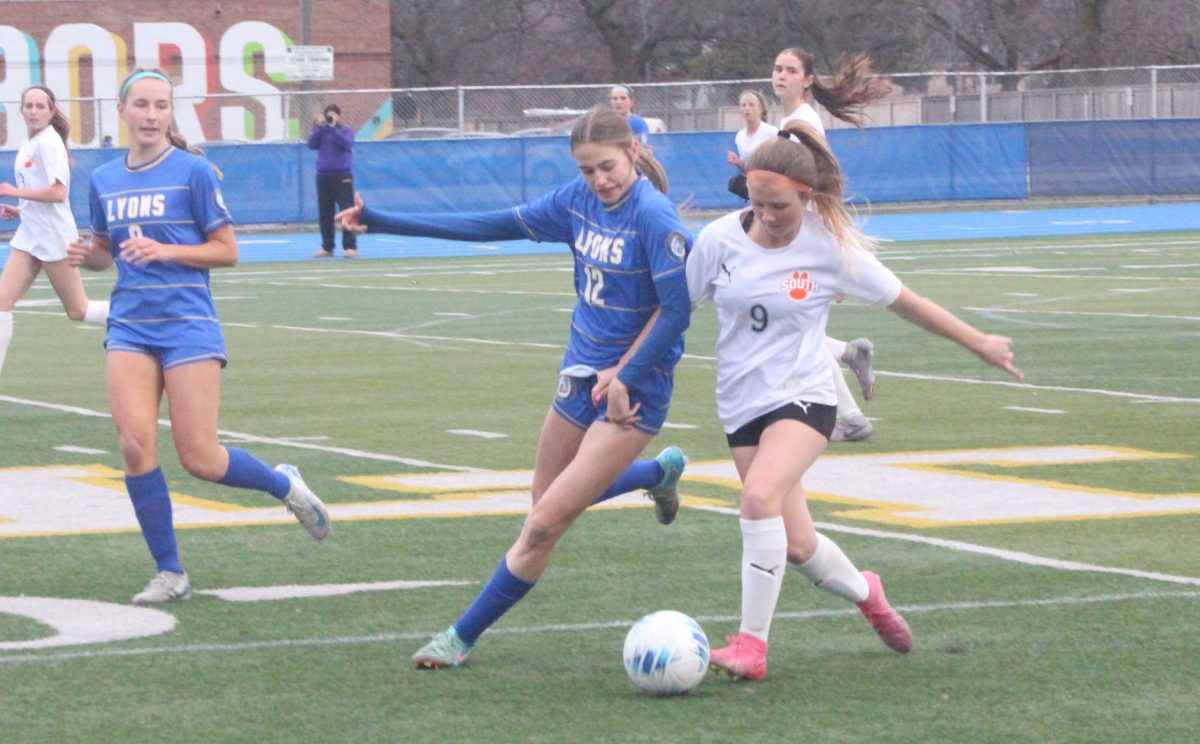

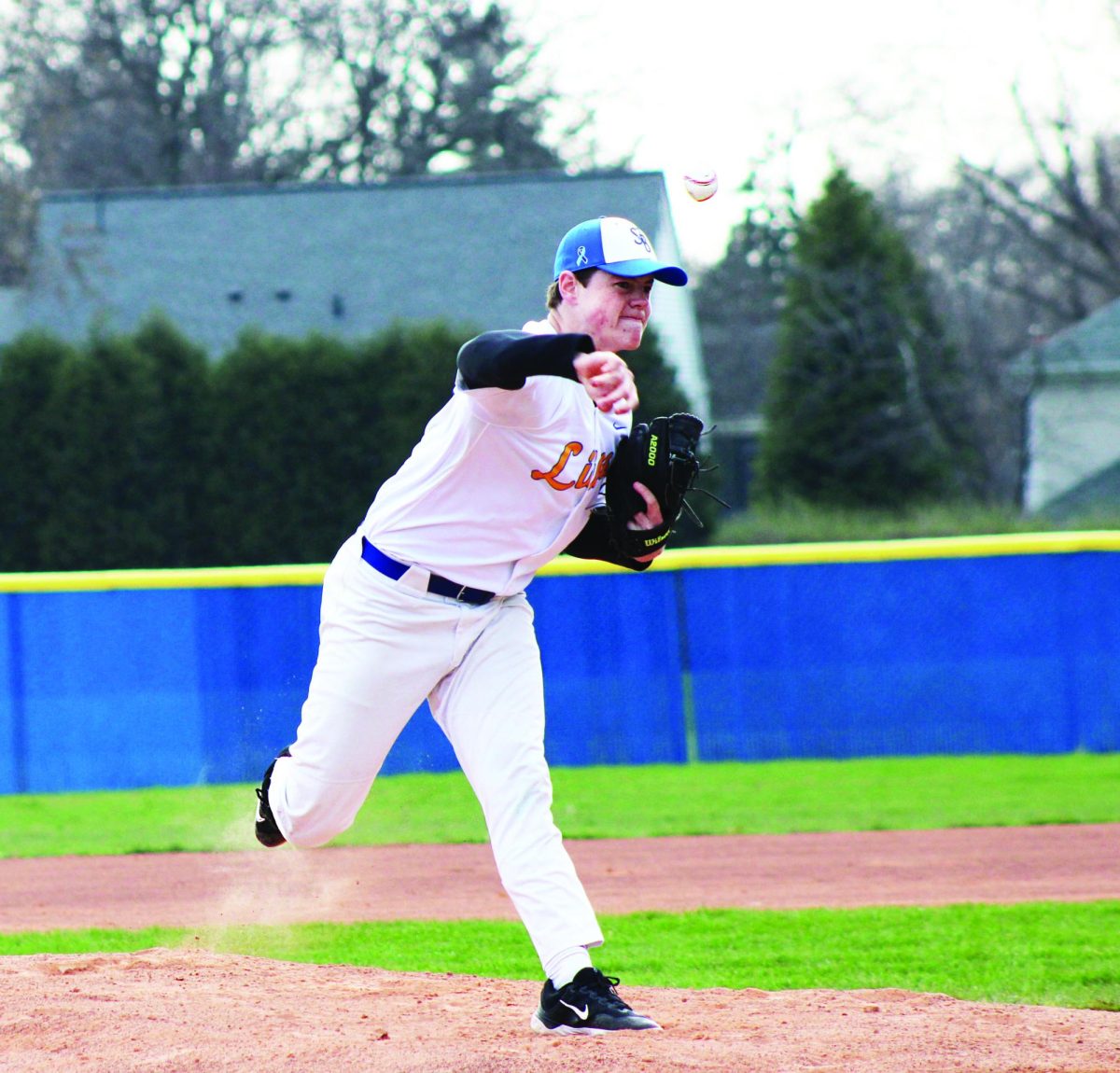





![Movie poster for '[Rec]" (2007).](https://www.lionnewspaper.com/wp-content/uploads/2023/04/rec-640x900.jpg)

